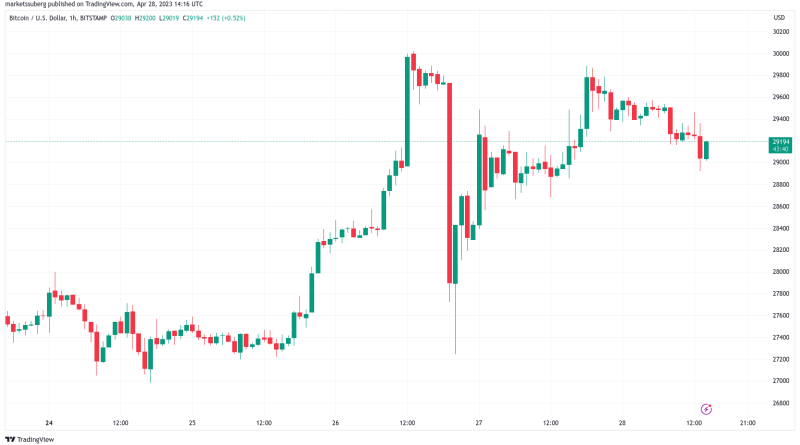The Ultimate 2025 Guide to Spotting and Avoiding Crypto Scams (Top Tips)
- 1. Understanding What Crypto Scams Are
- 2. Recognizing Common Types of Crypto Scams
- 3. The Importance of Secure Wallet Practices
- 2025. Staying Informed About Latest Crypto Scam Trends in 2025
1. Understanding What Crypto Scams Are
What Are Crypto Scams?
Crypto scams refer to malicious schemes designed to deceive individuals into losing their cryptocurrencies or personal information. These scams often mimic legitimate investment opportunities but are meant to steal your assets or personal data. Understanding what crypto scams are is the first step in protecting yourself in 2025, especially as scammers are constantly evolving their tactics with new technology and social engineering tricks.
In 2025, reports indicate that crypto scams are becoming more sophisticated, often targeting novice investors who may not recognize warning signs. Scam artists leverage phishing emails, fake exchanges, and impersonations of reputable figures in the crypto industry. Being aware of these common tactics can help you spot potential threats early on.
For example, a friend of mine almost fell for a fake Bitcoin investment site that claimed to guarantee high returns within days. Thankfully, she recognized the red flags and avoided losing her savings. Staying educated about crypto scams helps you differentiate between legitimate opportunities and frauds.
Why Are Crypto Scams Increasing?
The rise of blockchain technology and cryptocurrencies’ popularity has created fertile ground for scammers. In 2025, the total global crypto market capitalization exceeds $3 trillion, making it a lucrative target for cybercriminals. The decentralized nature of crypto means fewer regulations and protections for victims, which scammers exploit.
Moreover, the anonymity and irreversibility of cryptocurrency transactions mean that once funds are sent to a scammer, retrieval is nearly impossible. As scammers become more advanced, they often employ deepfake technology, fake endorsements, and sophisticated social engineering to lure victims.
Understanding these factors is crucial for any crypto enthusiast. Staying vigilant and informed about current scam methods can significantly reduce the risk of falling prey to crypto scams.
2. Recognizing Common Types of Crypto Scams
1. Fake Exchanges and Wallets
One prevalent crypto scam involves fake exchanges that look identical to legitimate platforms. Scammers create convincing websites to trick users into depositing funds or sharing personal information. In 2025, several new fake exchanges have emerged, mimicking well-known brands with subtle differences in URL or interfaces.
Always verify the website’s URL, look for secure HTTPS connections, and check for official app stores for mobile wallets. Unauthorized or unverified wallets are also a concern, with scammers creating fake wallet apps that steal your crypto upon use. Double-check the developer information and reviews before downloading any crypto wallet app.
To avoid falling victim, stick to well-known exchanges with good reputations and use multi-factor authentication (MFA) wherever possible. Remember, no exchange will ask for your private keys or password via email or message.
2. Ponzi and Pyramid Schemes
Another common crypto scam is the Ponzi or pyramid scheme, where early investors are paid with funds from newer participants. These schemes often promise extraordinarily high returns with little to no risk, luring unsuspecting investors into the trap. In 2025, scammers are increasingly using social media and messaging apps to promote these schemes.
Examples include fake investment groups that claim to generate passive income from crypto trading or mining. Once the new investment flow slows down, the scheme collapses, and late investors lose their money completely. Always scrutinize investment offers that sound too good to be true and research the project’s legitimacy.
To protect yourself, look for transparent project details, verified team members, and verify claims through independent sources. Remember, if an opportunity seems too perfect, it probably is.
3. Phishing Scams
Phishing remains one of the most effective crypto scams. Attackers send fake emails, messages, or create fake websites to steal login credentials. These scams often impersonate legitimate platforms or crypto personalities, creating a false sense of trust.
In 2025, phishing attacks are more personalized, often using social engineering to appear convincing. For example, scammers might claim you’ve won a crypto prize or that your account has been compromised, prompting you to click malicious links or provide sensitive data.
The best way to avoid phishing scams is to always verify URLs, avoid clicking links from unknown sources, and enable two-factor authentication. Using a reputable security software and regularly updating your passwords also adds layers of protection.
2025. Staying Informed About Latest Crypto Scam Trends in 2025
Monitoring Industry Sources and News
In 2025, the landscape of crypto scams is continuously changing, making staying informed crucial. Regularly check industry news, credible crypto news platforms, and official notices from regulators like the SEC or FCA. Many organizations publish warnings about newly identified scams and trends, helping you recognize emerging threats early.
Follow reputable cybersecurity blogs, participate in online crypto communities, and subscribe to newsletters that track scam reports. Knowledge is power, and staying updated can save you from millions of dollars lost to scams each year.
Personally, I make it a habit to review security blogs weekly and share relevant scam alerts with my network to help others stay safe in 2025.
Utilizing Scam Detection Tools
Many tools and services now offer crypto scam detection. These include browser extensions, scam blacklist databases, and fraud detection APIs. In 2025, integrating these tools into your workflow can help identify suspicious websites or transactions automatically.
For example, some crypto wallets and trading platforms now incorporate real-time scam alerts, warning users before completing risky transactions. Always use multi-layered protection to minimize your exposure to crypto scams.
Adopting a proactive approach and leveraging technology can seriously improve your defenses against the ongoing threat of crypto scams in 2025.
Frequently Asked Questions
1. How can I tell if a crypto platform is a scam?
Look for reviews, verify the platform’s licensing and regulation status, and confirm it has secure website protocols. Be wary of platforms with poor customer support, unprofessional interfaces, or requests for private keys.
2. What are the most common crypto scams in 2025?
Popular scams include fake exchanges, Ponzi schemes, phishing, and impersonation scams exploiting social media and messaging apps. Staying educated on these can help you avoid falling victim.
3. How do I avoid crypto scams?
Always use reputable exchanges, enable two-factor authentication, verify website URLs, and stay informed about scam trends. Never share your private keys or sensitive information.
4. Why is recognizing crypto scams important?
Crypto scams can lead to significant financial losses, identity theft, and emotional distress. Recognizing scams early helps protect your assets and ensures a safer experience in the rapidly growing crypto world of 2025.
Conclusion
Crypto scams continue to evolve rapidly in 2025, posing a significant risk to investors and enthusiasts alike. Recognizing the signs and understanding common types of scams is essential for protecting your digital assets. By staying informed through reputable news sources, leveraging detection tools, and practicing safe habits, you can significantly reduce your risk of falling victim to scams. Remember, vigilance and knowledge are your best defenses in the ongoing battle against crypto scams in 2025.
Related Content
- What Can You Do For Bitcoin?
- The Ultimate Guide to 10 Powerful Bitcoin Gains Strategies for 2025
- Self-custody Bitcoin amount unmeasurable so far, says Santiment exec
- North Korean crypto hacks down 80%, but that could change overnight: Chainalysis
- ‘One of the greatest’ Bitcoin metrics says BTC price bull run is here


